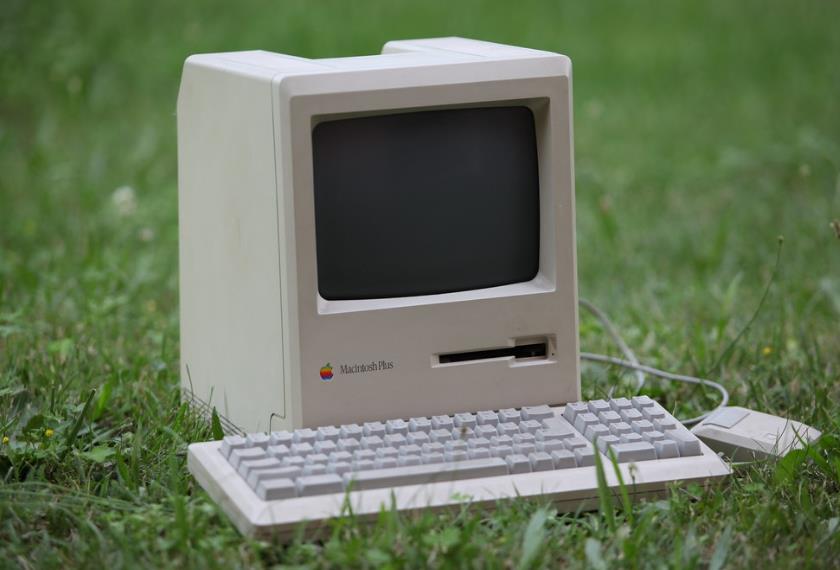On 22 January, 1984, millions of viewers watched a stunning commercial during the Super Bowl XVIII. The ad, directed by Sir Ridley Scott, depicted a dystopian scenario inspired by George Orwell’s novel 1984, where a group of mindless workers are controlled by a Big Brother figure on a giant screen. A female athlete, played by Anya Major, runs into the hall and throws a sledgehammer at the screen, shattering it and freeing the workers from their oppression. The voice-over then announces: “On 24 January, Apple will introduce Macintosh. And you’ll see why 1984 won’t be like ‘1984’.”
The ad, which cost $1.5 million to produce and $900,000 to air, was a huge success and generated a lot of buzz for the new product. It is widely considered as one of the best and most influential commercials of all time. It also set the tone for Apple’s brand identity as a rebel and innovator in the tech industry.

The revolutionary features of the Macintosh
Two days after the ad aired, Steve Jobs unveiled the Macintosh at a launch event in Cupertino, California. The Macintosh was the first successful mass-market personal computer with a graphical user interface (GUI) and a mouse. It was designed to be user-friendly, intuitive, and elegant, unlike the previous computers that relied on text-based commands and keyboards. The Macintosh also had a built-in 9-inch monochrome display, a 3.5-inch floppy disk drive, and a 128 KB RAM card.
The Macintosh introduced many features that are now standard in modern computing, such as:
- A desktop with icons that represented files, folders, and applications
- A menu bar with drop-down menus that offered various options and commands
- A trash can icon that allowed users to delete files by dragging and dropping them
- A finder that allowed users to search and organize their files
- A clipboard that allowed users to copy and paste text and graphics
- Multiple windows that allowed users to run and switch between different programs
- A control panel that allowed users to customize their settings and preferences
The Macintosh also came with several software applications, such as MacPaint, MacWrite, and MacDraw, that showcased its graphical capabilities and creative potential. Users could create and edit images, documents, and drawings with ease and fun. The Macintosh also supported external devices, such as printers, scanners, and modems, that expanded its functionality and connectivity.
The impact and legacy of the Macintosh
The Macintosh was a game-changing product that revolutionized the personal computer industry and the digital culture. It made computing accessible and appealing to ordinary people, not just tech enthusiasts and professionals. It also inspired other companies, such as Microsoft, to develop their own GUI-based operating systems, such as Windows. The Macintosh also influenced the design and development of other Apple products, such as the iPod, iPhone, iPad, and Macbook.
The Macintosh was not without its flaws and challenges, however. It was expensive, costing $2,495 (equivalent to $7,500 today), and had limited memory and storage capacity. It also faced stiff competition from IBM and its PC clones, which dominated the market share and offered more software compatibility and variety. The Macintosh also suffered from internal conflicts and power struggles within Apple, leading to the ousting of Jobs in 1985. It was not until Jobs returned to Apple in 1997 that the Macintosh regained its momentum and popularity.
Today, the Macintosh is still one of the most popular and influential computers in the world, with millions of loyal fans and users. It has evolved and improved over the years, with new models, features, and designs. It has also celebrated and commemorated its 40th anniversary with various events, exhibitions, and tributes. The Macintosh is not just a computer, but a cultural icon and a symbol of innovation, creativity, and freedom.
